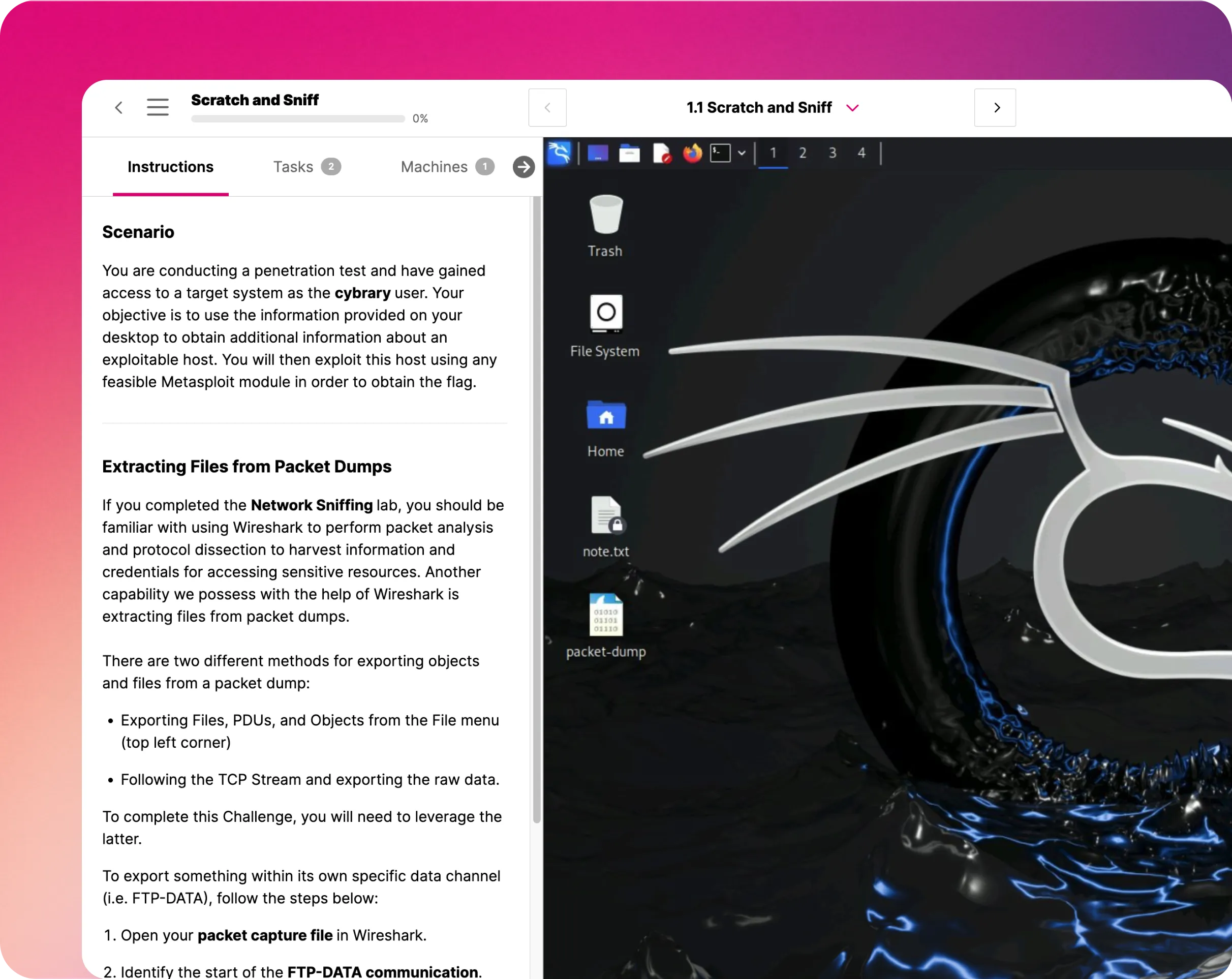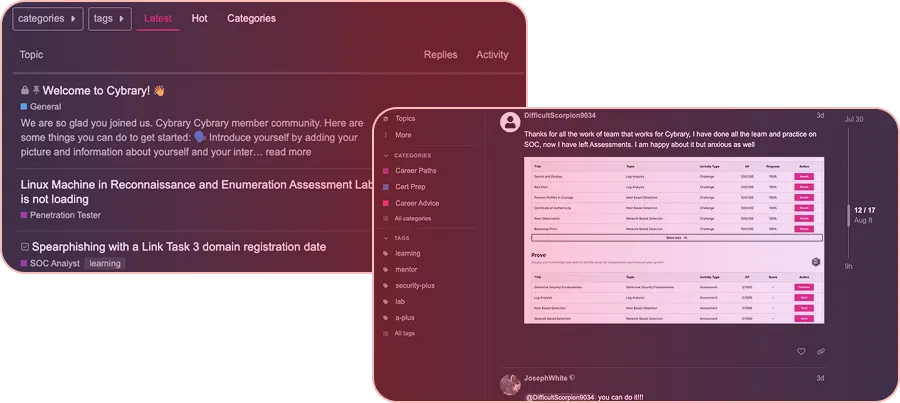Zero Trust Networks

Course Content
In this class, we will discuss what defines a Zero Trust Network, the fundamentals required and how we can manage trust on users, devices, applications and network traffic. Prerequisites: It's important that you as the viewer and listener of this lecture series has a basic understanding of perimeter firewalls. You should also have some level of understanding of traditional network security architecture and network zones such as the open Internet, a DMZ, a trusted zone and a privileged zone and some understanding of public key infrastructure. Lastly, some knowledge of virtual private networks will assist in following along during the course.
What is a Zero Trust Network?
Zero Trust refers to a strategic concept that is used by information security professionals to ensure that their organization’s networks are protected as possible against the everchanging conditions in technology. One key concept of Zero Trust networks is that it helps push security teams to depend less on the network perimeter safety and more on secure technologies and processes that can be applied directly to corporate resources, no matter where they are located and to whom they are accessible.The general approach to Zero Trust Networks is typically described by the following key principles: * The network should always be assumed to be hostile. * Internal and external threats are on the network all the time. * Network locality isn’t enough to decide trust in a network. * Every user, device, and network flow is authorized and authenticated. * Policies and processes must be dynamic and calculated from as many data sources as possible.
The zero trust strategy is increasing in popularity among organizations as they take on more digital initiatives that are significantly incompatible with more perimeter-based security models.
What is Involved in the Zero Trust Networks Training Course?
In our Zero Trust Networks training course, students will learn the fundamentals that are required to understand how trust can be managed on users, devices, applications, and network traffic. The zero trust model will be covered, as will the best practices for implementing this model. These best practices may include: * Keeping network security policies updated and evaluated for vulnerabilities by testing policy effectiveness periodically. * Implementing multi-factor authentication for every user without any exception. * Validating every device that attempts to log into the network, only allowing access to the devices that meet security requirements. * Using network segmentation, perimeter segmentation, and microsegmentation to secure individual network aspects. * Maintaining as much visibility as possible throughout the company to help prevent abuse of access that may lead to an information breach. * Reviewing lists of user accesses and administrators regularly.The total clock hours for the Zero Trust Networks training course is 1 hour, 17 minutes. Upon completion of the course, students will earn 2 CEU/CPE and will receive a Certificate of Completion.
What Are the Prerequisites for the Zero Trust Networks Course?
There are no prerequisites that are set in stone for the Zero Trust Networks course. However, it is recommended that students have a basic understanding of perimeter firewalls, traditional network security architecture, and network zones (including the open Internet, a DMZ, a trusted zone and a privileged zone). Some knowledge of virtual private networks (VPN) and some understanding of public key infrastructure would be helpful throughout the course.Why is the Zero Trust Model Important?
The zero trust model is an approach to network security that is stronger than traditional approaches in protecting an organization’s important resources. The traditional methodology for network security is sometimes known as the castle-and-moat model. It’s defined as making it difficult to gain access to a network from the outside, but once inside, users are trusted automatically. This approach can be challenging to manage when an organization’s data is distributed across multiple locations, applications, and cloud services.The zero trust model, on the other hand, acknowledges that focusing only on perimeter security is not the most effective way to protect an organization’s resources. Many data breaches happen when hackers have successfully bypassed an organization’s firewall and then receive authentication into internal systems. The zero trust approach is the more powerful approach to network security.
If you are interested in learning more about Zero Trust Networks and how to implement the zero trust model, this is the course for you. Enrolling in the training course is simple, just click on the Register button in the top right corner of this screen to begin.


































